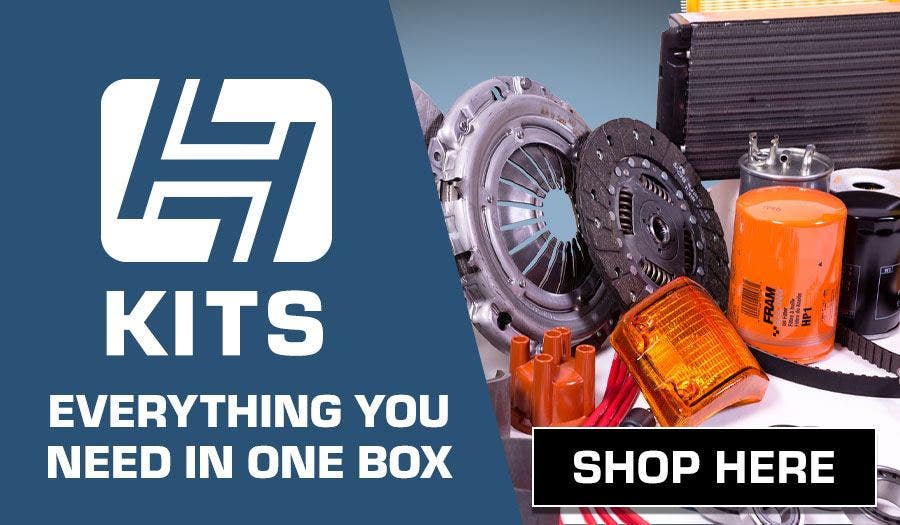Land Rover Freelander Buying Guide
We asked Rob Hawkins to help us share what to look for when buying the first or second-generation Land Rover Freelander. If you are after an everyday, around-town Landy, the Freelander 1 and Freelander 2, manufactured between 1997 and 2015, might just be for you!
Car of the year 1998
The Freelander first appeared in 1997 and marked a new direction for Land Rover. It was aimed at the sports utility vehicle (SUV) market that had so far been dominated by the likes of the Suzuki SJ and Jimny, Daihatsu Fourtrak, Toyota RAV4 and the Vauxhall Frontera.
Typically, being part of the Land Rover group, the Freelander had to have four-wheel drive, but instead of adopting the solid axle system and transfer box used by the majority of models (along with high and low ratios for controlling an ascent or descent of a steep hill), it used a more modern set-up. Using an intermediate reduction drive (IRD) attached to the gearbox, there’s a pair of driveshafts delivering power to the front wheels, and a prop shaft with a viscous coupling unit (VCU) in the centre delivering power to a rear diff connecting driveshafts to the rear wheels. This permanent four-wheel-drive setup alters the axle ratios between the front and rear wheels to help accommodate different wheel speeds when cornering and driving off-road.
The Freelander also marked a new way forward in construction for Land Rover, featuring a monocoque bodyshell, instead of having a steel chassis separate from the bodywork that was employed by all other LR models of the time.
The gamble paid off, with sales exceeding half a million for the first generation of the Freelander (now known as Freelander 1) and gaining awards including What Car magazine’s Car of the Year in 1998.


Freelander 1
The first generation of the Freelander was available as a three or five-door saloon (it was also described as a three-door hardback or five-door estate), or a three-door soft top (softback). There was initially a choice of two engines – a petrol 1.8-litre Rover K-series or a 2.0-litre diesel L-series (also Rover-derived). There were two trim levels, denoted as I or DI for the entry-level petrol and diesel (I for petrol and DI for diesel), followed by XEI and XEDI for higher specification of petrol and diesel engine models.
That higher specification included 16in alloy wheels, an anti-lock braking system (ABS), electronic hill descent that made use of the ABS (other Land Rovers used a mechanical type of hill descent in the differentials) and also an electronic traction control, air-conditioning, a passenger airbag and better in-car entertainment.
These levels of trim changed between 1997 and 1999, with the introduction of the XI and XDI (petrol and diesel) in 1998 for the five-door Freelander, which included 15in alloys and air-conditioning. The same trim names were added to the three-door models in 1999, but by 2000 all of this was scrapped for a simpler set of letters comprising S, GS and ES (ES-X was introduced in 2001). However, these new model titles weren’t just a name change, the Freelander’s brakes, suspension, steering and electrics were all revised as well.
In 2001, the 2.5-litre Rover KV6 engine was introduced to the Freelander, mated to a JATCO five-speed automatic gearbox (with Steptronic manual override). The old Rover L-series diesel was dropped in favour of the TD4 (BMW’s 2.0-litre M47 motor – TD4 stands for turbodiesel four-cylinder) and was available with manual or automatic transmission.
By 2002, the Freelander was five years old and treated to several aesthetic upgrades including the introduction of lots of black interior and exterior trim and clear exterior light lenses. At the same time, the color-coded A-bar (integrated bull bar) at the front was dropped.
Further alterations were made in time for 2004, which marked a major facelift for the Freelander 1, with new headlights and a front end to help mirror the other Land Rover models at the time (Defender, Discovery and Range Rover). Two years later, the Freelander 2 was introduced.
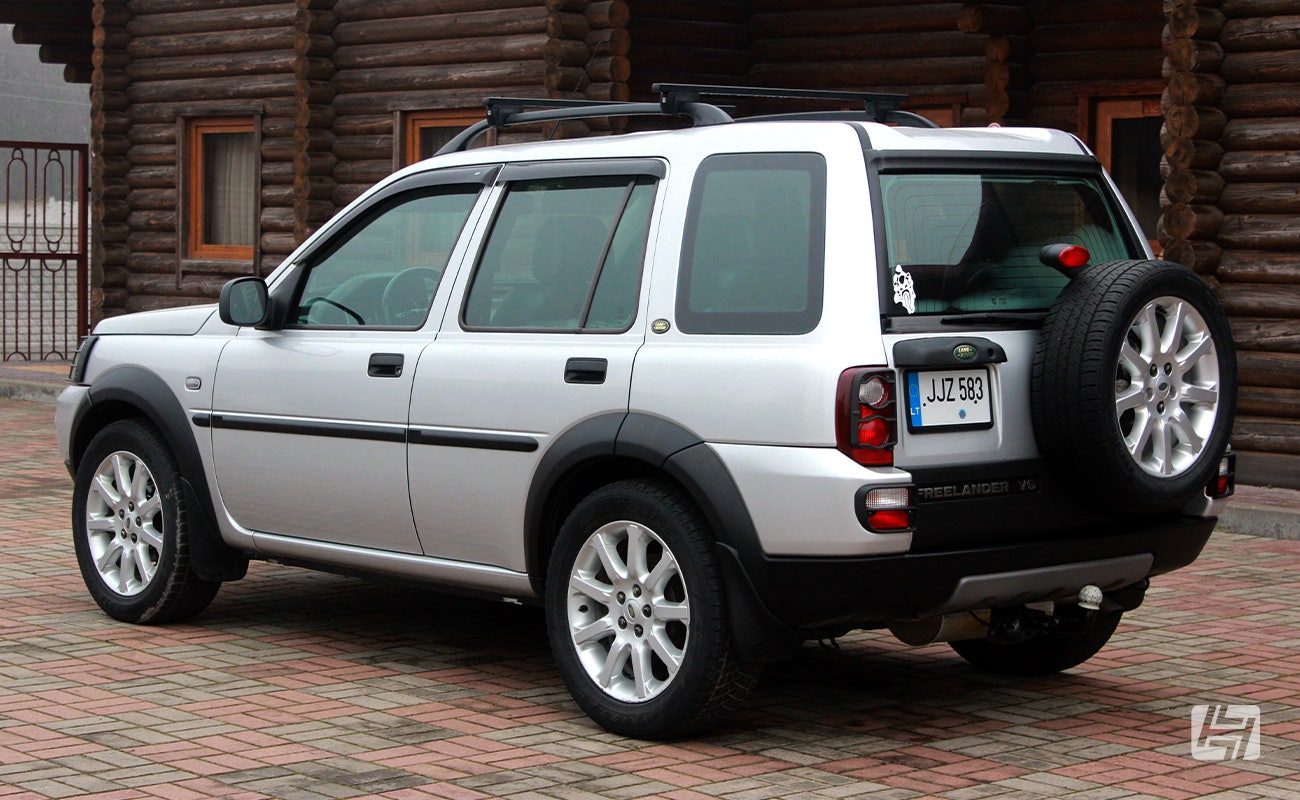

Freelander 2
The second generation of the Freelander (known as the Freelander 2) arrived in 2006. Ford had owned Land Rover for seven years, so the revised model differed greatly from the Freelander 1. For instance, the Freelander 2 was only available with five doors and was based on the same platform used to make the Ford Mondeo, Galaxy, S-MAX, Jaguar X-Type and several Volvos.
Whilst the Freelander 1 was assembled at Land Rover’s Solihull premises, the Freelander 2 was moved to Halewood in Merseyside where the Jaguar X-Type was constructed.
Initially only produced as a four-wheel drive, a two-wheel-drive model called the eD4 was introduced in 2011, aimed at those who wanted the Land Rover style but had no need for the offroad capabilities of which they are so well known.
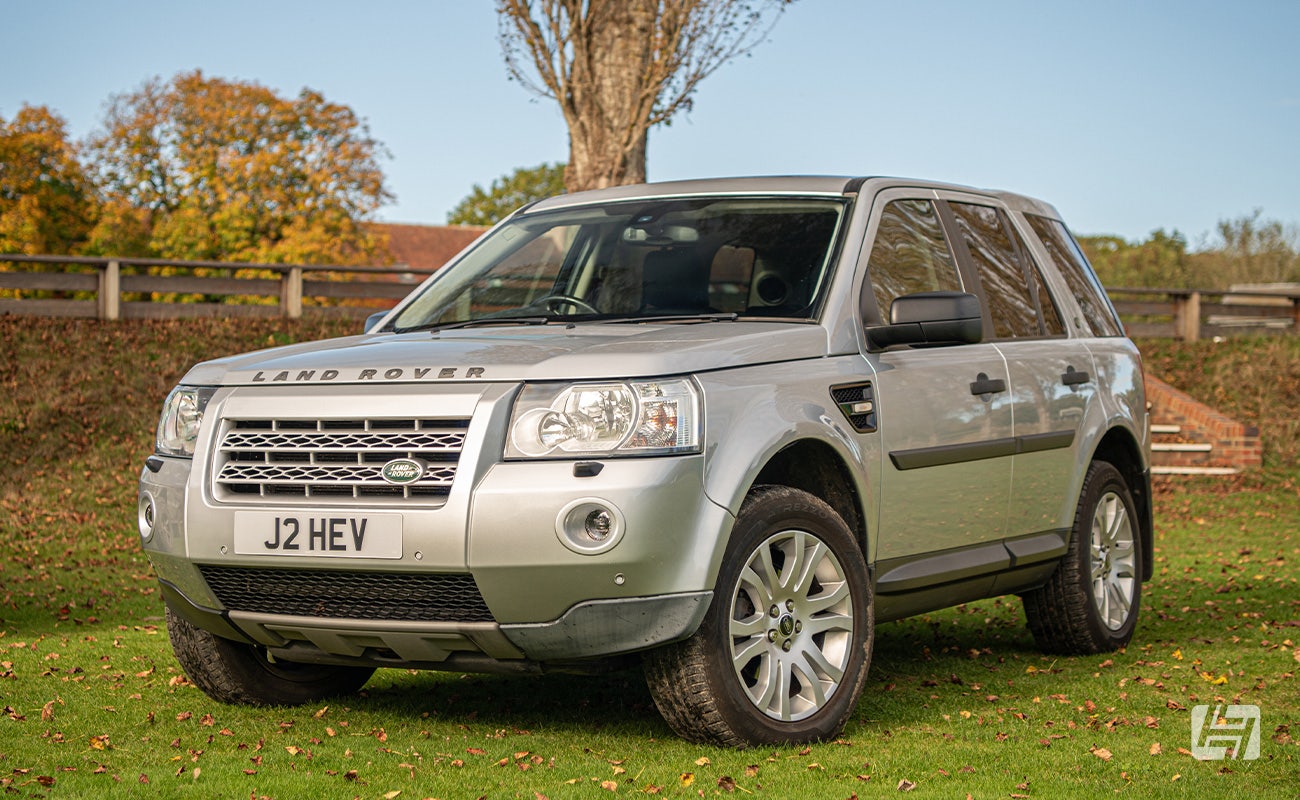

Freelander 1 petrol engine options
The Rover K-series engine gained a poor reputation for head gasket failure during the Nineties and beyond. This is believed to have been caused by several factors including the use of plastic locating dowels between the cylinder head and engine block, an inadequate head gasket (a multilayered gasket like we sell here is deemed to be better) and an inadequate aluminium oil rail (an uprated version is available).
On the Freelander 1, the positioning of the thermostat housing is also believed to contribute to head gasket failure, so many owners have had it repositioned to the front of the engine to aid cooling efficiency. We stock a remote thermostat housing here.
Check for signs of head gasket failure, such as oil contamination in the coolant and/or a milky residue underneath the oil filler cap. A head gasket replacement can cost around £800-£900 from a garage, but it can cost more if the cylinder liners need to be repositioned (they need to be sufficiently proud of the block to help seal the head gasket).
The 2.5-litre petrol V6 engine (known as the KV6) is the Freelander 1’s most powerful motor, with 177bhp at 6250rpm and 177 lb-ft (240Nm) of torque at 4000rpm. However, it is also the most complicated to maintain, especially when it comes to changing its three timing belts that should be replaced every 72,000 miles or six years. Special tools are required to do this job properly (Sealey and Laser produce them) or expect to pay around £1000 for a garage to do it for you.
Coolant leaks from the plastic thermostat housing in the centre vee of the engine are common which, if not caught in time, can result in overheating and head gasket failure.
All KV6 engine Freelanders are mated to the aforementioned JATCO five-speed auto box. Freelander Specialists in Norfolk (www.freelanderspecialist.com) have found that if the incorrect oil is used inside this gearbox, it can destroy it.
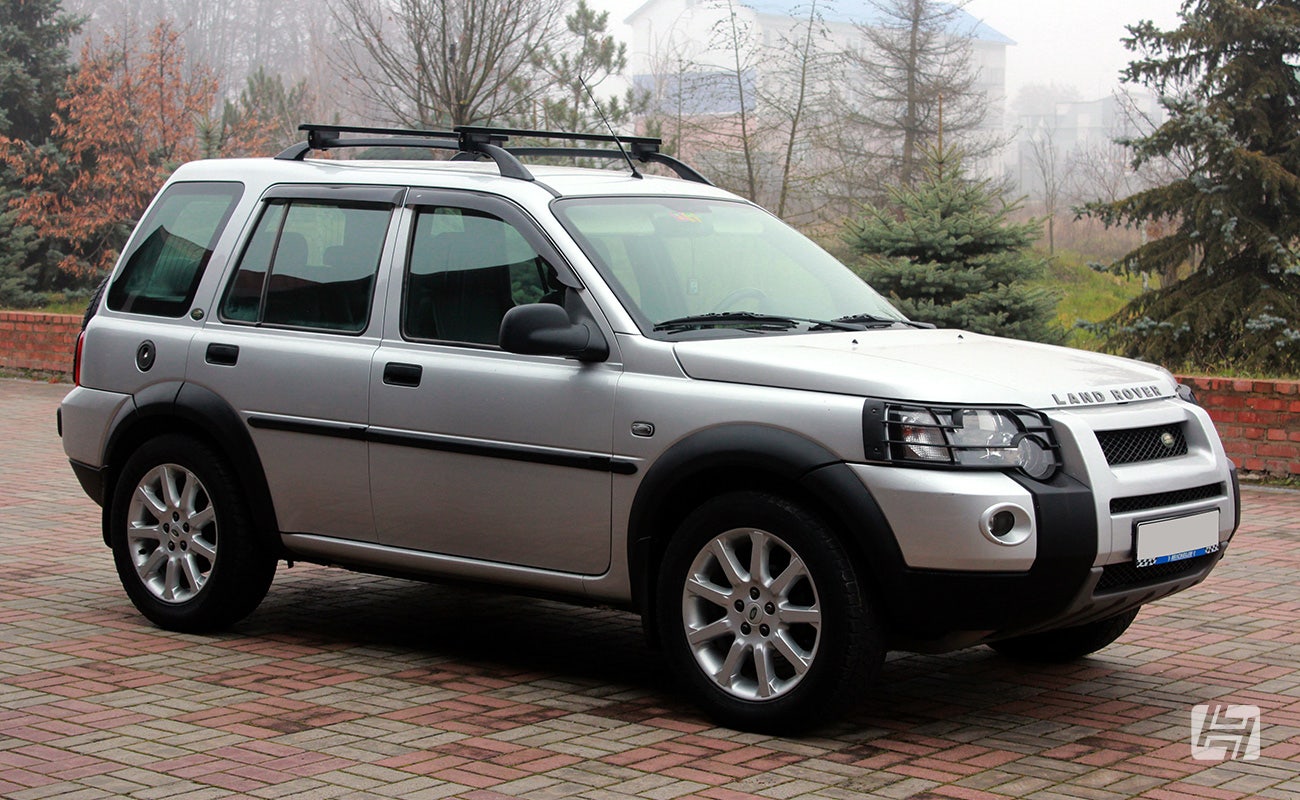

Freelander 1 diesel engines
Rover’s 1994cc diesel engine had already proved its reliability in several other models before it was fitted to the Freelander 1. It’s a robust but underpowered turbocharged engine that if looked after, should be reliable.
The later BMW-designed TD4 2.0-litre diesel engine is one of the most popular motors for the Freelander 1. It has a timing chain, so needs less maintenance than the other Freelander engines, but it still requires routine maintenance. Common problems include starting issues, poor performance and rough idling, which could be caused by a faulty fuel pressure regulator or sensor (including wiring loom trouble) or failed injectors.
A filter for the crankcase breather should be replaced every 12,000 miles or each year (located at the rear of the engine bay). If it isn’t, this can eventually lead to blown seals and engine failure.
Freelander 2 engines
A choice of three engines power the Freelander 2, comprising two petrol motors and one diesel. These include the 2.0-litre Ford EcoBoost (rare) and 3.2-litre Ford SI6 petrol engines, and the 2.2-litre TD4. The diesel proved to be the most popular engine and when compared with the 2.0-litre TD4 installed in the Freelander 1 it’s very different. The 2.2 TD4 has a timing belt instead of a timing chain, which should be replaced every 10 years or 150,000 miles for early models, or seven years or 98,000 miles for later models whose turbos are oil- and water-cooled.
If you find a manual gearbox model with a stop-start system (introduced in 2009), make sure it works, even if the seller dismisses it. The engine should switch off when the vehicle is stationary, neutral is selected and your foot is off the clutch pedal. If this doesn’t work, the battery may be insufficiently charged or, more likely, needs to be replaced. This is a complicated system with a heavy-duty starter motor that acts as a generator to recharge the battery under braking (regenerative braking).
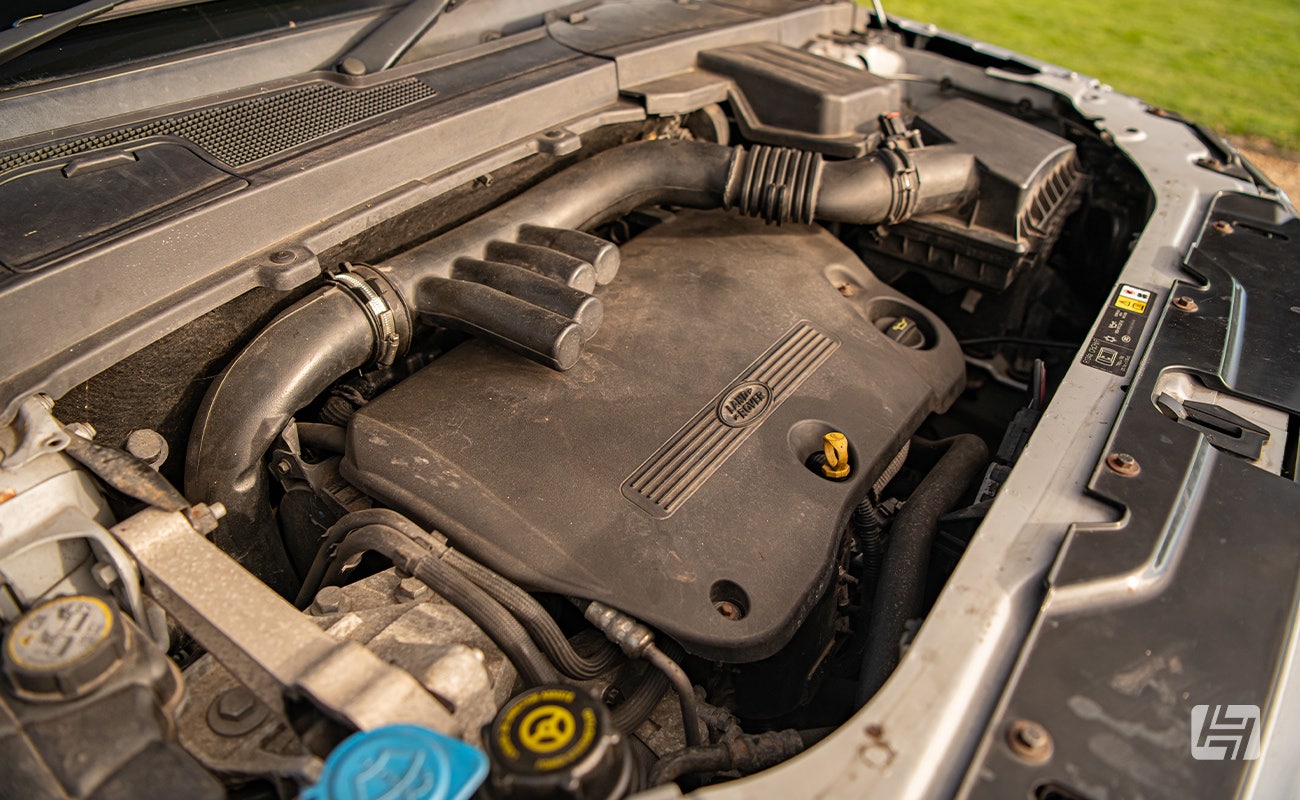

Freelander 1: IRD and VCU 4 wheel drive system
The Freelander 1 didn’t adopt the same four-wheel drivetrain assembly as other Land Rover models of the time. Instead, there’s an intermediate reduction drive at the gearbox, which is similar to a transfer box. A prop shaft to the rear differential has a viscous coupling unit (VCU) fitted inline. There’s a silicone-based fluid inside the VCU that stiffens when it detects slippage of a road wheel, but this fluid also thickens over time so the VCU becomes less efficient.
The VCU generally lasts for around 70,000 miles and should be changed as part of routine servicing. If the VCU isn’t replaced, then it has a knock-on effect on accelerating wear in the IRD, the rear diff and other components.
The VCU can become prematurely worn if the tyre sizes between the front and rear wheels are different. The difference in rolling radius between these tyres means the VCU is constantly working to compensate for this.
During a test drive, listen for a whining noise from around each road wheel. If the noise changes under cornering, then it’s likely to be a wheel bearing issue. If it remains constant, then it’s either the IRD at the front or the diff at the rear, but the source of the noise may be difficult to detect because it may travel down the propshaft tunnel.
Freelander Specialist recommends listening for a clonking noise when reversing, which often means the mounting bushes for the rear diff are worn, and they can be physically checked for excessive play. They also say that if you reverse with the steering on full lock and lift off the throttle pedal, if the vehicle stops abruptly, this usually means there’s an issue with the VCU (assuming the brakes are not binding).
Listen for grinding noises when driving, which usually suggests a problem with the IRD.
Problems with the IRD and VCU may mean some owners disconnect drive to the rear by removing the propshaft and VCU, so look underneath the vehicle to check these are present.
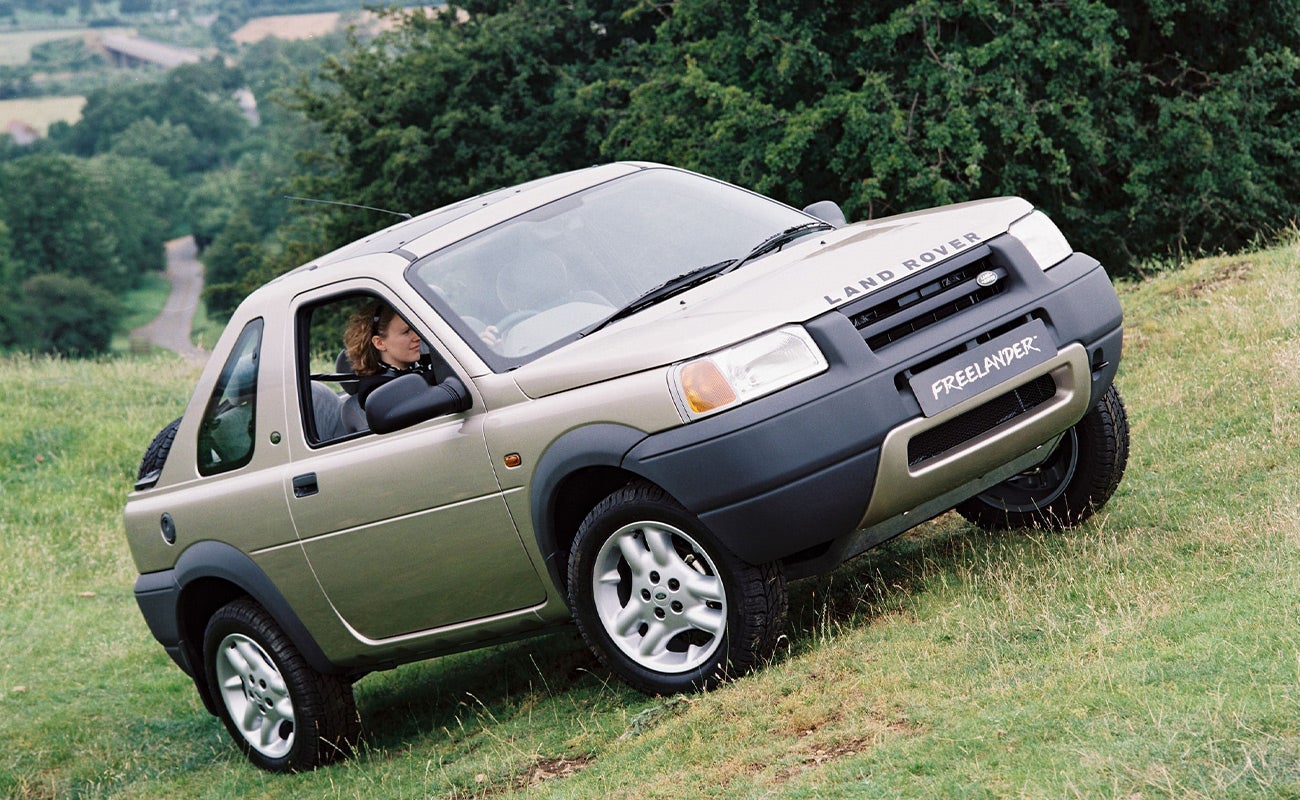

Freelander 2 Four-wheel drive
An electronically and hydraulically controlled four-wheel-drive system is employed in the Freelander 2, which is regarded as being more reliable than the components in the Freelander 1. This includes a power take-off unit (PTU) at the front and a Haldex unit fitted between the propshaft and the rear diff, which contains an electronically controlled clutch to allow the front and rear axles to rotate at different speeds (useful when cornering, for example). There’s also a Haldex pump, which creates the hydraulic pressure required to activate the Haldex unit’s clutch.
Known as All Terrain mode or Terrain Response, the Freelander 2’s Haldex components are designed to intelligently determine how much power is delivered to the rear wheels. For sedate road driving, the front wheels take most or all of the power, but under hard cornering or off-road, the rear wheels will be powered along with the fronts.
Freelander Specialists recommends checking that the same brand and size of tyres are fitted all round on a Freelander 2, and there are no braking issues. This ensures the Haldex unit isn’t overworked. However, they also point out that it should be serviced (oil and filter change) every two years, but just like changing the VCU at 70,000 miles on the Freelander 1, this isn’t part of Land Rover’s service schedule. If the Haldex unit isn’t serviced and the words ‘Transmission fault traction reduced’ are displayed on the dashboard, there is usually a major issue. Similarly, if the vehicle seems to grab and let go at the rear, there is usually an issue with the Haldex unit.
A new Haldex pump may initially solve these problems, but it’s likely the old oil inside the system needs flushing out and the Haldex unit will need overhauling to ensure everything remains in good working order.
During a test drive, listen for a drumming sound from the rear, which could indicate the rear diff bearings are worn, but may also be caused by the tyres if their sidewalls have collapsed or even a worn wheel bearing.
If the vehicle jerks on acceleration, or when lifting off the throttle after cornering it seems to lose drive to the rear, there may be an issue with the splines that connect the PTU to the gearbox. Look underneath the vehicle for these components and an orange residue between them, which Freelander Specialists says is a better indication that the splines have folded. They can supply remachined splines to fix this problem.


Freelander suspension
The Freelander’s suspension is robust and reliable but still needs to be inspected for typical wear and tear.
With MacPherson struts at each corner, visually inspect the coil springs for corrosion and fractures, and the struts for leaks (misting) from the dampers inside. These can be inspected over the top of each tyre. When looking underneath the vehicle, check the suspension arms (lower arm at the front and multilink at the rear) for damage, possibly caused by grounding out when driving off-road.
Listen for a knocking noise from the front of the vehicle during a test drive, which may suggest the anti-roll bar drop links and mounting bushes have worn.
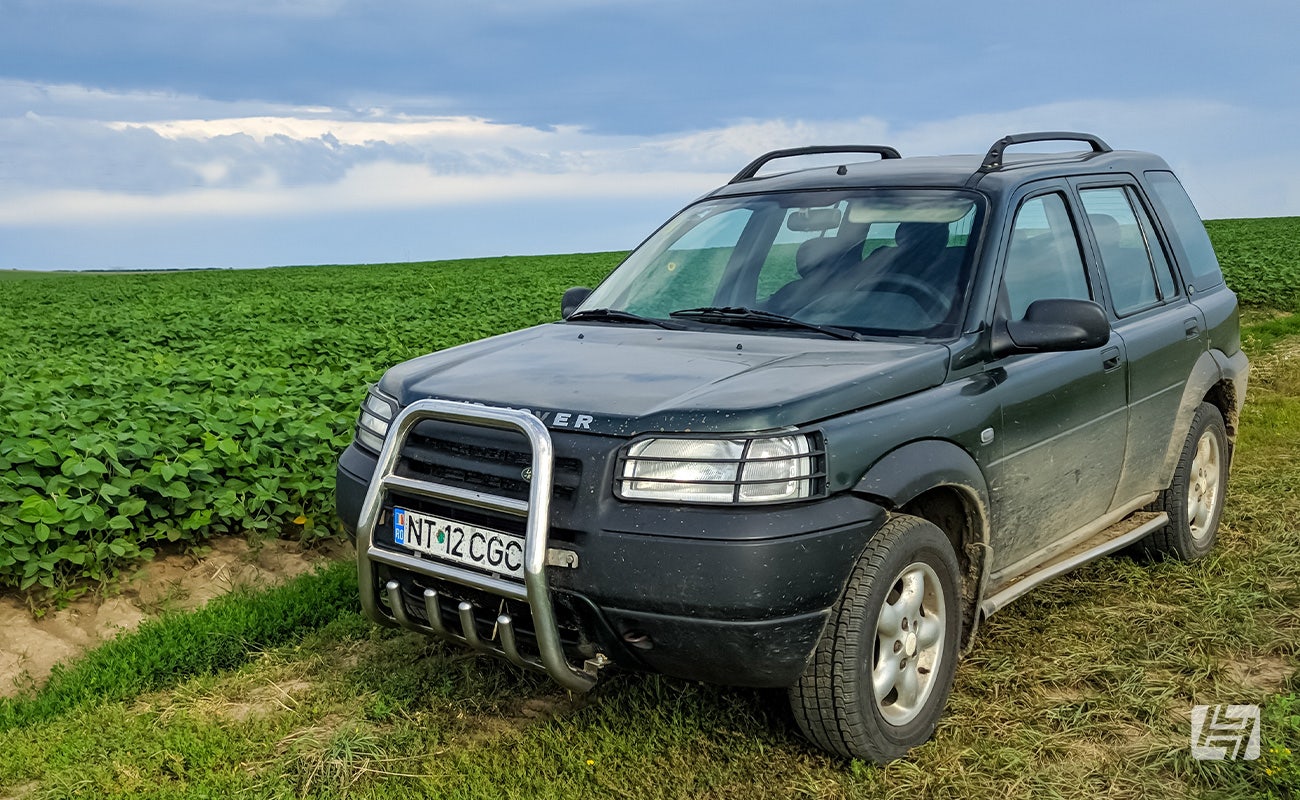

Freelander brakes
Drum brakes were fitted to the rear on the Freelander 1 up until around 2003 when rear discs were introduced. All models have servo assistance, but ABS was initially only an option on entry-level models until around 2001, after which it became standard.
Check the handbrake works, especially if rear disc brakes are fitted. The ratchet mechanism that’s part of each rear brake caliper can fail – a replacement brake caliper is often the best solution.
Visually inspect the brake discs for corrosion and pitting. During a test drive, check the vehicle brakes in a straight line and doesn’t veer to the left or right.
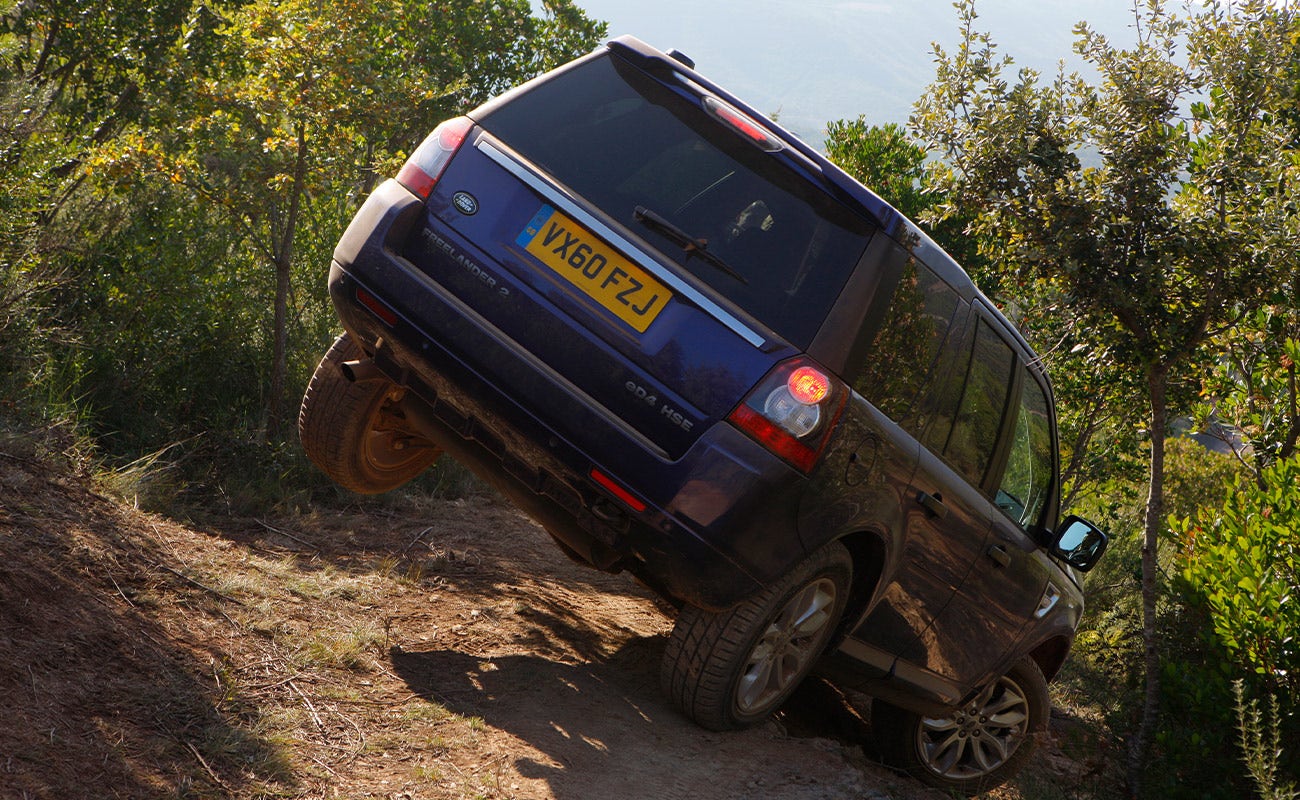

Freelander Bodywork checks
Rust isn't a major issue with the Freelander (not in the way an old VW or Porsche would rust) but still check the typical places such as the wheel arches, sills and floors. The chassis legs are more of a corrosion weak spot, especially the ones underneath the front floors and footwells. If possible, use the rubber handle of a screwdriver to tap along the underside of them to listen for any crunching sounds that may suggest there’s corrosion.
Look for water ingress in the boot area which could result in corrosion if left unattended. A puddle inside the cubby hole in the middle of the boot is likely down to door seal failure, say our friends at Freelander Specialist.
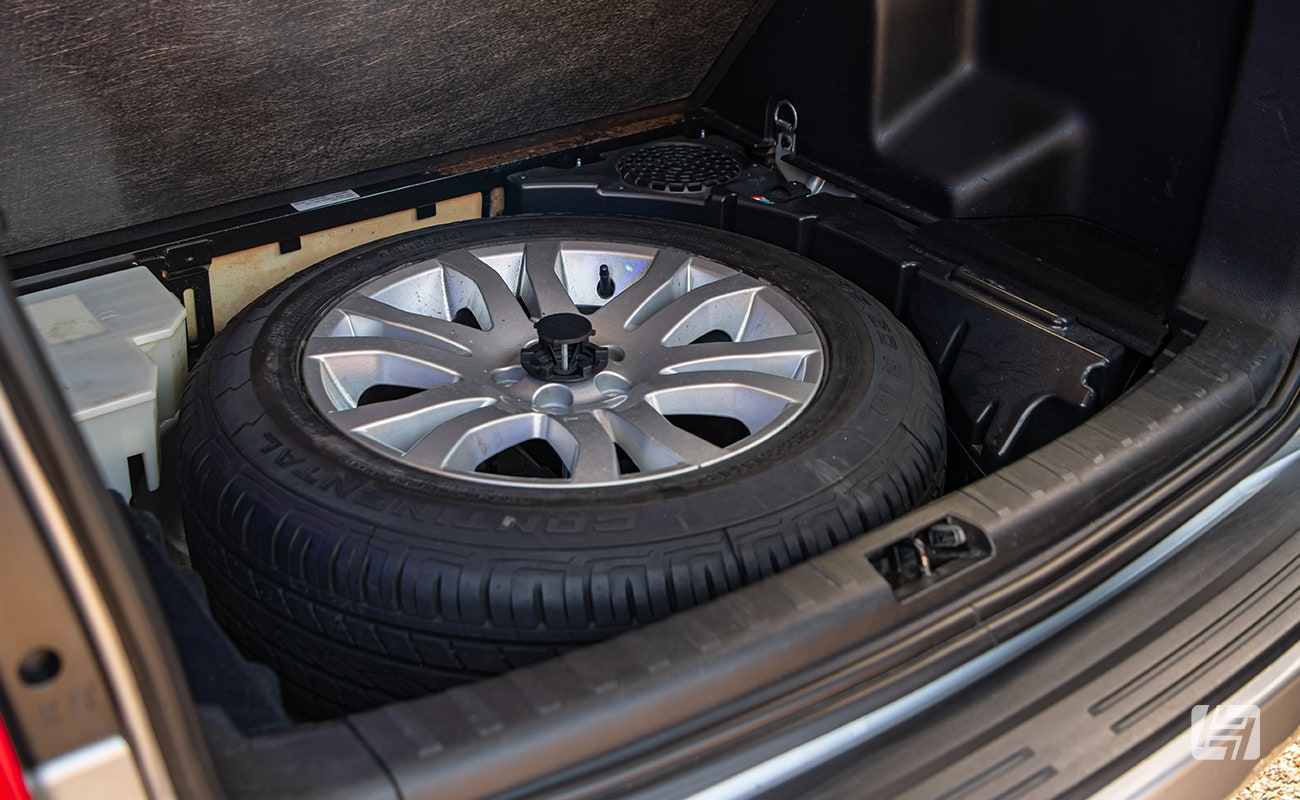

Interior checks
A leaky sunroof is quite common. As well as damp carpets and a musty smell, take a look inside the interior light for signs of water being present.
Check its functionality too. Slide open and close again, its runners should be routinely lubricated, and the seals should be in good condition.
Make sure all of the windows can be wound up and down, including the rear door, where the glass should drop by an inch upon opening it to avoid fouling the seal when closing the door. Problems in this department are often caused by a failure of the cable in the window regulator mechanism.
Check that all of the doors can be locked and unlocked, as door latch failure is a common issue on both Freelander 1 and 2 models.
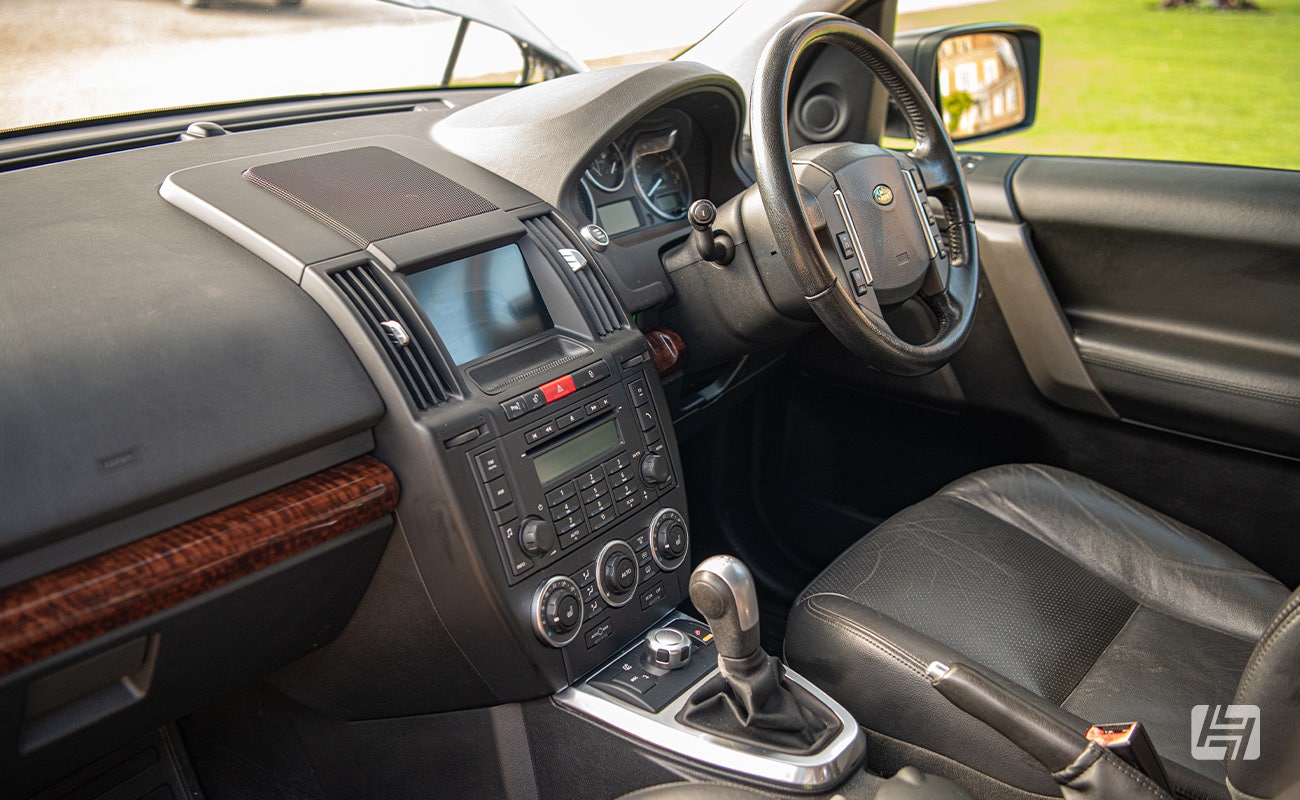

How much is a Land Rover Freelander?
The good news for those on a budget is Land Rover Freelanders are relatively affordable, and some are even cheap! Of course, as you have read above, you will need to proceed with caution on all examples, checking the history to ensure any work required has been done, or negotiating a suitable price to allow for you to have it done.
The early 1.8 petrol cars can be picked up now for as little as £1000. The 5-door models seem more plentiful, but if history repeats itself, one might presume the 3-door will become the collectable version in the future, especially with the 3-door Discovery and Range Rover models now highly sought after in Land Rover circles.
The later model Freelander 2 kicks off around £3000 and goes upwards towards £10k depending on mileage, condition and spec.


Summary
The Freelander 1 and 2 are popular SUVs to own and providing they are routinely maintained and looked after, they offer reliable motoring both on and off-road.
What's more, there’s a plentiful supply of Freelander parts and independent specialists to help look after these vehicles.
Our thanks to the Freelander Specialist for their assistance with this article.
Rob




 Bug
Bug
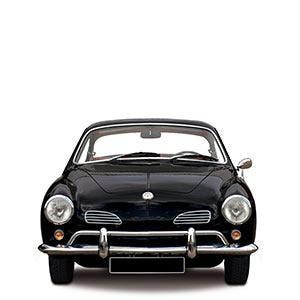 Karmann Ghia
Karmann Ghia
 Bay Bus
Bay Bus
 Vanagon
Vanagon
 Eurovan
Eurovan
 Transporter T5
Transporter T5
 Rabbit Mk1
Rabbit Mk1
 Golf Mk2
Golf Mk2
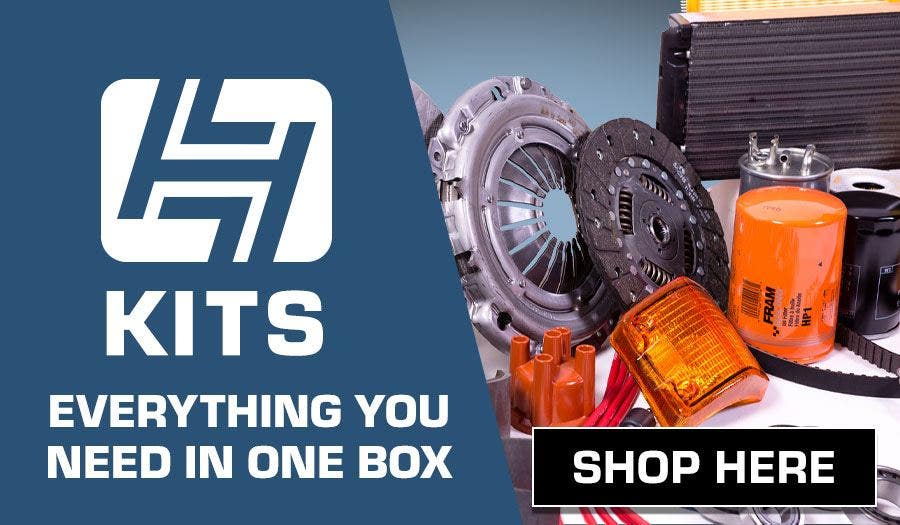

 911
911
 996
996
 997
997
 986 Boxster
986 Boxster
 987 Boxster
987 Boxster
 912
912
 944
944
 924
924
